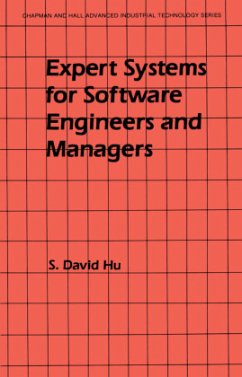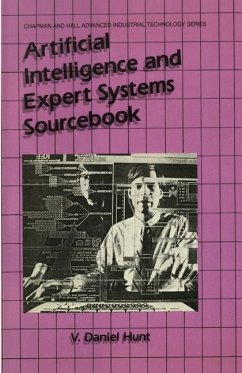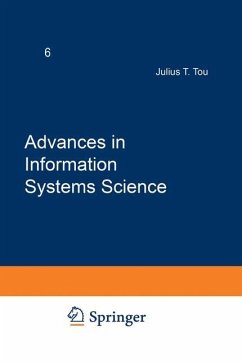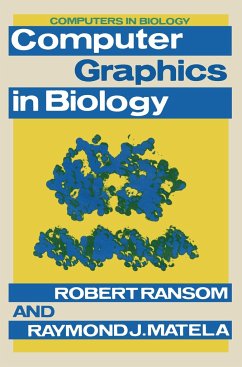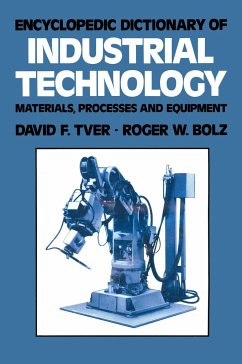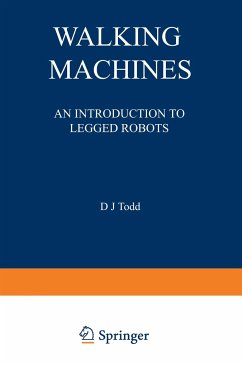This book is written for software engineers, software project leaders, and software managers who would like to introduce a new advanced software technology, expert systems, into their product. Expert system technology brings into programming a new dimension in which "rule of thumb" or heuristic expert knowledge is encoded in the program. In contrast to conventional procedural languages {e. g. , Fortran or C}, expert systems employ high-level programming languages {Le. , expert system shells} that enable us to capture the judgmental knowledge of experts such as geologists, doctors, lawyers, bankers, or insurance underwriters. Past expert systems have been more successfully applied in the problem areas of analysis and synthesis where the boundary of lo;nowledge is well defined and where experts are available and can be identified. Early successful applications include diagnosis systems such as MYCIN, geological systems such as PROSPECTOR, or design/configu ration systems such as XCON. These early expert systems were mainly applicable to scientific and engineering problems, which are not theoreti cally well understood in terms of decisionmaking processes by their experts and which therefore require judgmental assessment. The more recent expert systems are being applied to sophisticated synthesis problems that involve a large number of choices, such as how the elements are to be compared. These problems normally entailed a large search space and slower speed for the expert systems designed. Examples of these systems include factory scheduling applications such as ISIS, or legal reasoning applications such as TAXMAN.

